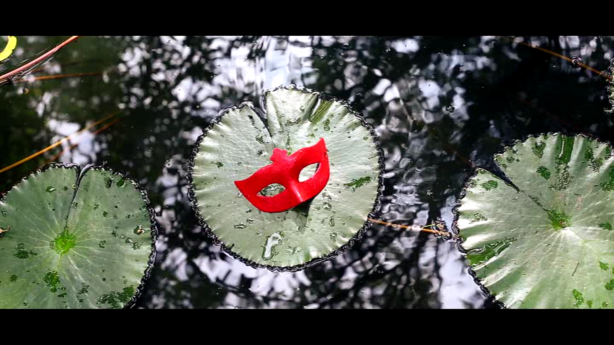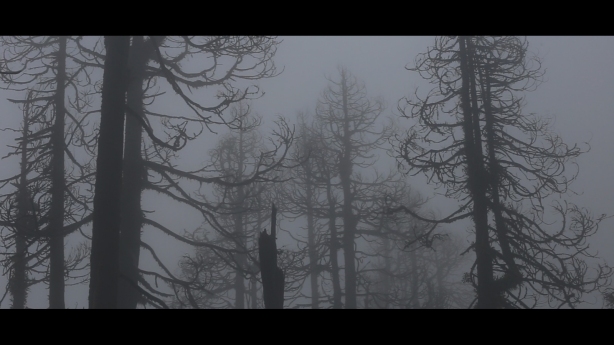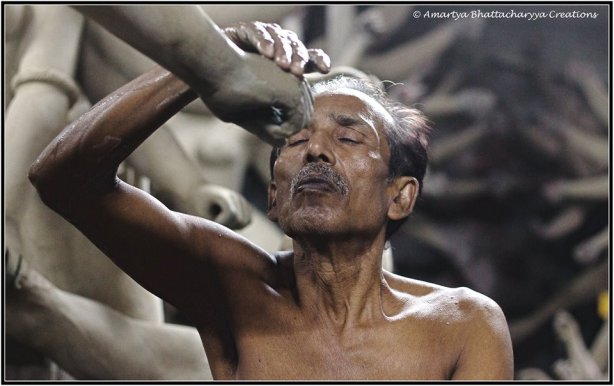It has been over five years that I am here in Bhubaneswar. I have been fascinated by certain aspects of Odia culture, and I have drawn much inspiration from it. In fact, when I make Odia films like ‘Capital I’, I wish to contribute to the cultural stream of the region, along with the effort to retain universality of its aesthetics. Whether the majority wishes to accept it or not, is a different question altogether.
In my span of over 5 years in Odisha, I have met a lot of people from this state. On one side, I have been blessed with the opportunity to interact with great cinematic minds like Susant Misra and Manmohan Mahapatra, who are not only great filmmakers, but I honestly feel that they are amongst the very few truly educated minds that I have met. Such people inspire me as a person, more than anything else. Every hour spent with them has enriched me, in some way or the other.
Well, on the other hand, I have met people holding top portfolios in the cultural department who have asked questions as lame as – “If you have a source of income from your job, why do you need to make films?” Even after the written go-ahead from high authority, the response to my request for shooting at a reputed auditorium is pending since the summer of 2011. They are still looking into it!
As a matter of fact, neither of these two extremes determines the contemporary Odia culture. Let me shift my focus to cinema, to be more specific. It’s not that I neglect other forms of art. I have great admiration for Odia classical dance forms like Odissi or Gotipua. I am fascinated by the ‘Idital’ paintings commonly associated with the ‘Saura’ tribes of Odisha. And of course, one can’t ignore the class of ‘Pattachitra’ or the colourful ‘Applique’ works of Pipli. I will definitely express my admiration for all these forms of art, but let me keep them on hold as of now.
Coming back to Odia cinema, we mostly know where it stands today. But the question is – why? Why is it that an Odia college student spends money to go to a cinema hall for a Hindi film or an English film, but not for a film in his mother tongue? Why is it that I was mocked at by an Odia person for making an Odia film?
“Oh, you’re making Odia films? Come on! Think big! You should rise up to the standards of Hindi films and English films, if possible.” – mocked an Odia gentleman when he came to know that I made an Odia film. Well, I don’t know how to think big if the standard of my thought is to be judged by the language of my expression. I just don’t know!
Few months back, I got an invitation at the Premiere of an Odia film (by a popular director). Well, it was a true comedy. Not that the director intended it to be a comedy, but the way the film was made is such that it is bound to entertain you. I consumed the ‘Samosas’ in the food packet and was waiting for the half-time. Coming down the stairs of Kesari, I found a young gentleman (may be an actor) giving interview to a TV channel and addressing the film as “bold”, “courageous”, “artistic”, etc, etc. I was sure he was referring to some other film, but then I realized that Kesari is a single screen theater. So, in short, he either doesn’t understand these words, or he has never seen a bold, courageous or artistic cinema in his life. Third option – he is a damn liar! As I moved towards the exit gate, I almost gate-crashed with a newspaper reporter and he asked me how the film was. I signaled him that I need to run to the toilet saying that I’ll be right back!
Now the fact is that most Odia films made nowadays are such that one can’t afford to waste their time and money by watching them. It’s tuff to understand how the culture of good and artistic Odia films of the 80s and 90s (I have watched a few of them) has faded away with time. Nowadays, some people are claiming to make artistic films, but all they are doing is projecting some rural or tribal stories and triggering viewer’s sentiments. I am not trying to demean their documentary importance, but that has nothing much to do with art. I am not attacking anyone or any film in particular, it’s a general perception that I have gathered from watching few of such films.
Well, criticisms don’t solve all problems. Of course, it’s important to react, but it’s even more important to act. I know there are people here in Odisha who wants good Odia films to be made. It’s just that they aren’t vocal enough. I have been told time and again that Odisha is not at all a good market for art films. But I strongly stand against it. My poetic psychodrama ‘Boba Mukhosh (Translucence)’ was screened at a prestigious college in Bhubaneswar – ITER (Institute of Technical Education and Research) in 2012. I must say that the way students have reacted to this film, had opened my eyes. Those who have watched the film will know that it isn’t an easy film to grasp in one viewing. But the kind of questions that the students asked me made me feel that there is definitely a section of viewers who wants to dive deep into creative things. It reassured me that there are art lovers in Bhubaneswar, just like in any part of the world. It’s just that the commercial market suppresses these unexplored minds for their vested interests. We, as art lovers, must bring this hidden section to the surface. It’s ‘you’ and ‘me’ who define ‘us’.
Those who expressed their admiration for good cinema have often said that they have never been exposed to such kind of films. Neither the newspapers, nor the TV channels show them reviews or trailers of artistic films. This is something that none can write off. Although I feel privileged to get some support from the Bhubaneswar based media houses, artistic films have by and large suffered due to lack of promotion. Of course, an independent film made with 60 watt bulbs and DSLR camera cannot afford to pay for promotion. Does that mean we should keep them suppressed? It doesn’t require a lot of intelligence to understand the basic constraints of an artist. But a culture needs to evolve, you can’t restrict them within the confines of nonsense remakes and mindless melodrama!
Though media plays a very important role, it’s the viewer’s interest that eventually is most important. Media can build the interest to some extent, but one needs to come out of his house, and move to a theater hall and watch a good film. The tragedy is that we spend money and watch trash Bollywood films even after knowing that they are bad, and we watch good films by downloading free versions on our desktops and laptops. So, what’s the outcome? We give business to the undeserving, and we deprive a good film of the basic return that it deserves. Remember that film-making is expensive, and a filmmaker too needs to survive. He has the same basic needs as you or anyone else in the society.
Most industry producers don’t mind losing money by investing in 70-80 lacs for a cheap copy of a South Indian film, but they really feel the pinch to even spend 5 lacs for a good film. So people who can make good films, doesn’t have the money, and people who have the money doesn’t know what to do with it. Though most of the Odia films made today lack creativity, I feel that time will change very soon. But it needs your support, more than ever. ‘Their’ ignorance and your negligence have done enough of business, now for a change, give art a chance!
– Amartya Bhattacharyya






